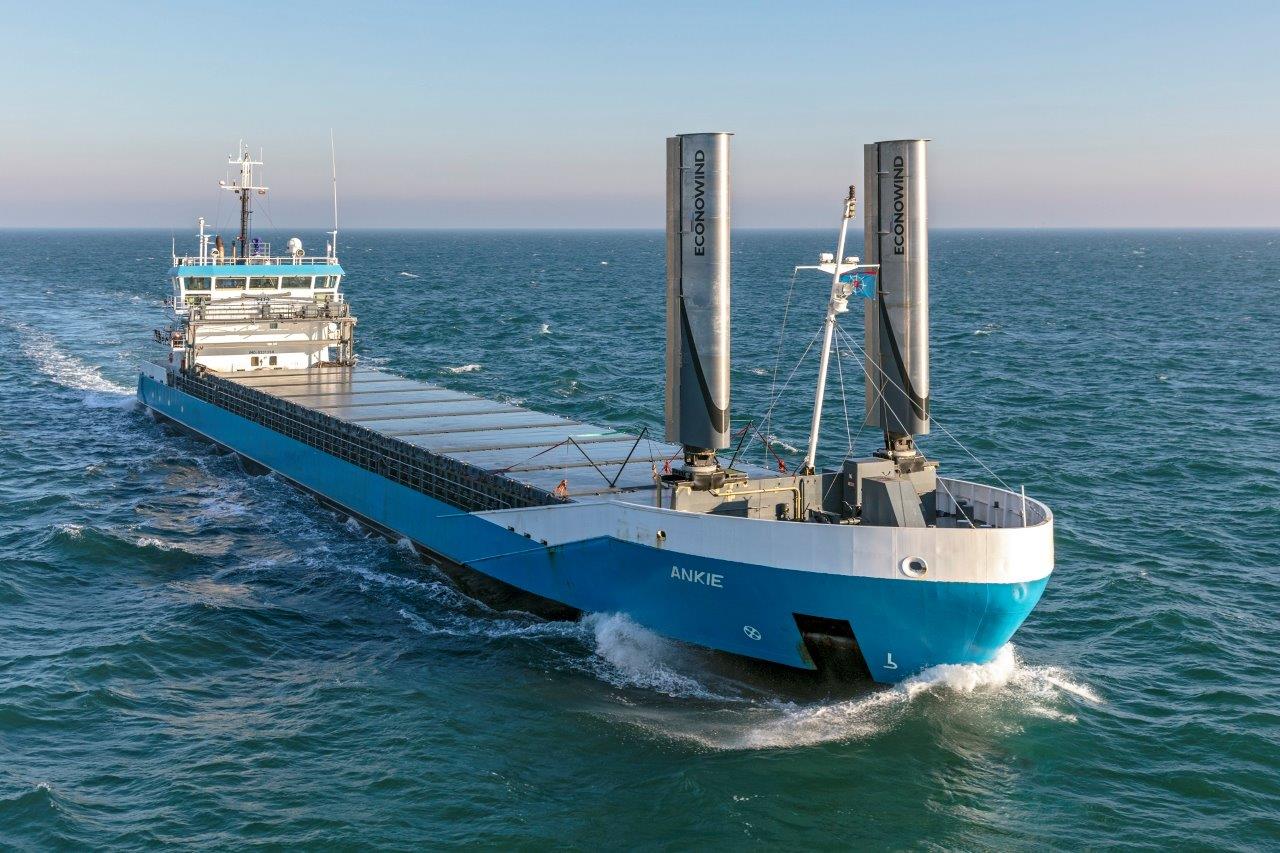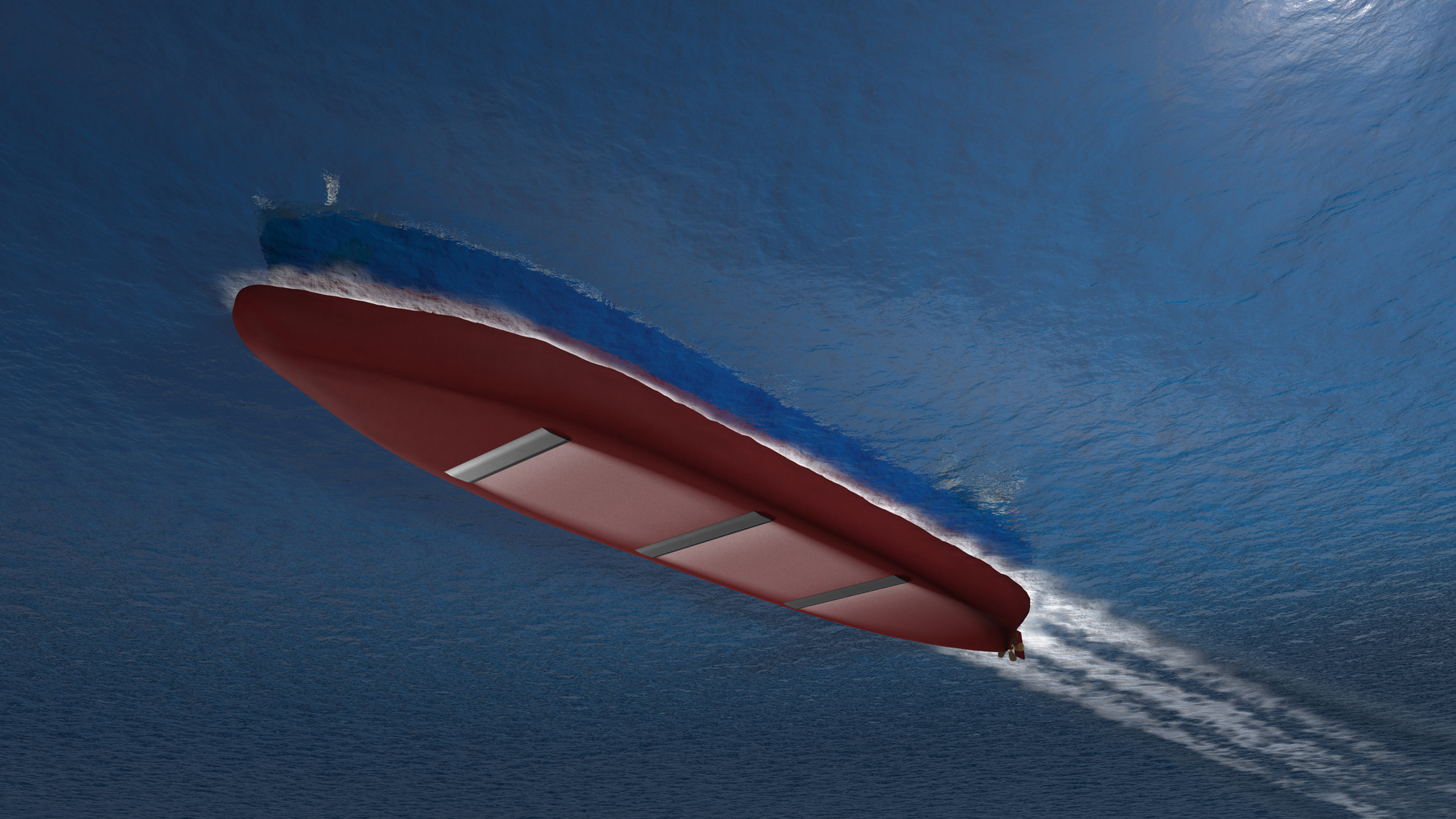Draft report into progress into the United Nations Sustainable Development Goals shows there is a lot that still needs to be done to meet the 2030 targets.
An unpublished draft report on progress into the United Nations sustainable development goals gives a snapshot of the work still needed to achieve the ocean and climate targets.
The UN’s 17 SDGs were established in 2015 to replace eight earlier Millennium Development. In this review of progress the UN secretary general will highlight the large amount of work that still needs to be done, especially as the impact of the coronavirus related lockdown and recession take its toll.
A number of key parts of the UN SDGs are of interest and importance to organisations working n the ocean, marine, maritime, and shipping related industries. Key though are goals 13 and 14, focused on Climate action: Take urgent action to combat climate change and its impacts and life below water: “To conserve and sustainably use the oceans, seas and marine resources for sustainable development”.
In the report currently being circulated by the UN secretary general it reports that there are some good news, as well as bad.
Climate
On the issue of climate action the report will say that societywe are way off track to meet the targets agreed in the Paris Agreement. At the end of 2019 the global average temperature was 1.1 degrees C over the estimated preindustrial baseline levels, which is way off track to meet the 1.5 degrees to 2 degrees targets. And although greenhouse gas emissions are estimated to drop 6% in 2020 due to Covid-19 related travel bans, the report notes that this improvement is only temporary.
In a bid to push UN member states to work harder to achieve the Paris Agreement targets, member states had been asked to update their nationally determined contributions (to reducing global annual Green House Gas emissions). As of the end of March 2020 186 parties to the UN had sent in their first NDC and several had published their second or updated NDC. (The Paris Agreement has 197 signatories). All parties have been asked to publish updated NDCs by the end of this year thus improving what the UN calls level of ambition in climate action.
Global climate finance saw a 17% increase between the 2013/14 period and 2015/16 period, with high levels of new private investment in renewable energy accounting for the spurt in growth. But while the $681bn is considerable, the UN warns it is insignificant compared to the global transition needed. Activities related to fossil fuels in the energy sector alone amounted to $781bn on 2016.
Oceans
In terms of the oceans the report (which is still subject to change) suggests that:
The oceans continue to absorb CO2 from the atmosphere ( which includes 23% of anthropogenic CO2 emissions ). While this may seem good for the atmosphere it is leading to increased acidification of the oceans. A new ocean acidification data portal shows an increase of variability in pH and the acidity of the oceans by 10-30% over 2015-2019
The sustainability of global fishery resources continues to decline, though at a reduced rate, with the fraction of fish stocks within biologically sustainable levels at 65.8% in 2017, down from 90% in 1974 and 0.8 percentage point lower than 2015 levels.
There is some good news. As of December 2019, over 24 million km2 or 17% of waters under national jurisdiction (up to 200 nautical miles) were covered by protected areas, representing more than a doubling in extent since 2010. The report notes that much of this coverage is concentrated in Oceania and Latin America and the Caribbean.
As of February 2020, the number of parties to the Agreement on Port State Measures – the first binding international agreement that specifically targets illegal, unreported and unregulated fishing –increased to 66 (including the European Union) from 58 in the previous year, and close to 70% of countries reported scoring highly in the implementation.
The contribution of sustainable marine capture fisheries remains stable at global level, with regional variation and the largest contribution to the GDP in Pacific SIDS and LDCs, averaging 1.55% and 1.15%, respectively, in 2011-2017.

































